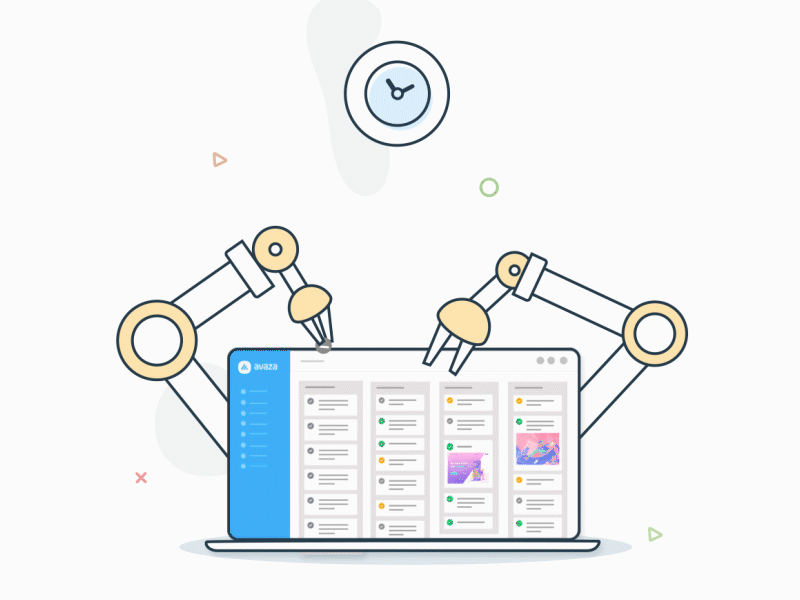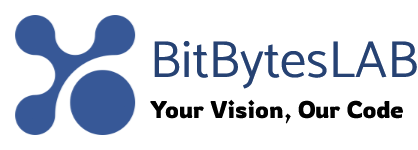Picture a world where every price shift, inventory fluctuation, and delivery delay is known in real‑time—right down to the minute. In 2025, that’s the reality for the quick‑commerce sector, where “last‑mile” fulfillment has become a race against time, and customers expect instant answers. If you’re a retailer, marketplace, or logistics partner, the data you can’t see is the data you’re missing. 🚀
Why Quick Commerce Needs Data Scraping
Quick commerce is a $350 billion industry in the United States alone, and projections show a 30 % CAGR through 2027. The speed of the ecosystem means that even a one‑hour lag in pricing information can cost a company thousands in lost revenue. Traditional APIs are often proprietary, rate‑limited, or nonexistent—scraping becomes the only viable path to gather the granular, real‑time insights you need. 📊
Beyond pricing, data scraping unlocks visibility into competitor tactics, customer sentiment, regulatory changes, and supply‑chain disruptions. It turns raw HTML into structured intelligence that can feed dynamic pricing engines, inventory optimization, and automated alerting. The result? Faster decisions, higher margins, and a competitive moat that’s hard to replicate. 💪
Core Concepts & Methodologies
Understanding the foundational building blocks keeps your pipeline efficient and compliant:
- Scraping vs. API: When no public API exists, scraping extracts data from rendered pages. It’s slower but often the only option.
- Headless Browsers: Tools like Playwright or Puppeteer execute JavaScript, allowing you to capture dynamic content.
- Proxies & VPNs: Rotating residential IPs mask origin, reducing the risk of IP bans.
- Rate‑Limiting & Throttling: Respecting target servers protects both you and the source, and lowers detection.
- Parsing & Extraction: Turning HTML or JSON dumps into clean, structured datasets.
- Data Cleaning & Normalization: Duplicates, missing values, and unit inconsistencies vanish before analytics.
- Monitoring & Alerting: Continuous checks on key metrics trigger automated notifications.
- Compliance: GDPR, CCPA, and TOS govern how you collect and store data.
With these concepts in place, you can design a pipeline that is both robust and scalable. The next question is: how do you turn theory into practice? 🎯
💻 How many programmers does it take to change a light bulb? None, that’s a hardware problem! 💡

Expert Strategies & Approaches
Planning is the cornerstone of any successful scraping operation. Start with a clear KPI matrix: are you tracking price, inventory, or shipping times? Once you’ve defined the objectives, map the target ecosystem—domains, categories, geographic slices—and vet the legal terrain (robots.txt, TOS, privacy policy). Documentation at this stage saves headaches later.
Deploy a modular architecture: isolate the crawler, the extractor, the cleaner, and the loader. Use lightweight HTTP clients for static pages, and reserve headless browsers for JavaScript‑heavy sites. This hybrid approach keeps costs low while ensuring coverage.
Data persistence should match business needs. For a rapid prototype, a CSV might suffice. In production, a PostgreSQL or MongoDB cluster delivers ACID compliance, indexing, and query flexibility. Store raw HTML backups for auditability and future re‑analysis.
Automation is the next pillar. Orchestrators like Airflow, Prefect, or even cron jobs schedule daily or hourly runs. Serverless options (AWS Lambda, Azure Functions) offer cost‑effective scaling for bursty workloads. Containerized workloads in Kubernetes or ECS enable horizontal scaling during high‑traffic seasons.
Finally, embed monitoring from day one. Capture request latency, error rates, and extraction success. Push metrics to Prometheus or Datadog, visualize them in Grafana, and set up Slack or Teams alerts for anomalies. This closed‑loop system turns passive data into proactive action.
Industry Insights & Trends
According to a 2025 Gartner report, 62 % of quick‑commerce brands now rely on automated data feeds to power dynamic pricing engines. Meanwhile, only 28 % have implemented end‑to‑end monitoring, leaving a significant gap in real‑time visibility. AI‑driven scraping—where LLMs interpret page structure—has surged by 45 % YOY, reducing maintenance time for selectors by up to 70 %.
Privacy‑first data handling is no longer optional. With GDPR enforcement tightening, 57 % of consumers in the EU flag data misuse as a top trust concern. Brands that embed anonymisation and opt‑out mechanisms early avoid costly fines and safeguard brand reputation.
Edge computing is also reshaping the landscape. Running lightweight scraping agents on Cloudflare Workers or AWS Lambda@Edge brings data collection closer to the source, cutting latency and bandwidth costs. For quick commerce, where milliseconds matter, this proximity can translate directly into revenue.
In short, the ecosystem is moving fast, and those who ignore these signals risk falling behind.
🐍 Python is named after Monty Python, not the snake. Now that’s some comedy gold! 🎭

Business Applications & ROI
1. **Dynamic Pricing**: A study from PriceLabs showed a 12 % revenue lift after implementing real‑time price adjustments powered by scraped competitor data.
2. **Inventory Optimization**: By monitoring stock levels across suppliers, retailers reduced stock‑outs by 35 %, translating to a $2.3 M annual uplift for mid‑size brands.
3. **Shipping Cost Optimization**: Scraping carrier rate tables enabled a logistics firm to cut delivery costs by 18 % while maintaining service levels.
4. **Regulatory Compliance**: Automated extraction of ingredient lists helped a food brand accelerate new product launches, cutting time to market by 25 %.
Common Challenges & Expert Solutions
• IP Bans & Rate Limits: Use rotating residential proxies and incorporate exponential back‑off. Keep a low download_delay but add random jitter.
• CAPTCHAs: Integrate third‑party solvers or switch to headless browsers with stealth mode. In extreme cases, leverage Cloudflare Workers that can bypass some bot challenges.
• Dynamic Content: Identify API endpoints behind AJAX calls; if unavailable, fallback to full‑page rendering with Playwright.
• Legal & Ethical Constraints: Build a compliance layer that parses robots.txt, applies TOS flags, and logs consent status for GDPR compliance.
• Data Quality: Implement schema validation (e.g., pydantic) and data‑cleaning pipelines to remove duplicates and standardise units before analytics.
• Scalability: Adopt async HTTP clients (e.g., httpx), distribute workloads with Celery or Kafka, and run container orchestrators to handle spikes.
Future Trends & Opportunities
• AI‑Driven Scraping: Large Language Models can auto‑interpret page structures, reducing manual selector maintenance by 70 %.
• Low‑Code Platforms: Tools like Apify or Octoparse lower the barrier to entry, enabling non‑technical teams to build scrapers via visual workflows.
• Serverless Edge: Cloudflare Workers and Lambda@Edge bring scraping logic right next to the data source, cutting latency and bandwidth costs.
• Data‑as‑a‑Service: Subscription data feeds for prices, inventory, and reviews are becoming mainstream, yet there’s still a huge gap for niche or hyper‑local markets.
• Privacy‑First Engineering: Anonymisation pipelines and differential privacy will be standard practice to satisfy regulators and consumers alike.
Conclusion
In 2025, quick commerce is a data‑driven race. The teams that can harvest, clean, and act on real‑time insights will stay ahead of the pack. By adopting a disciplined, scalable scraping pipeline—respecting legal boundaries, leveraging headless browsers, and embedding monitoring—you transform raw web pages into a competitive advantage.
Ready to power your quick‑commerce operations with the best data in the market? BitBytesLab specializes in high‑performance web scraping and data extraction solutions that keep your business one step ahead of the competition. Let us help you turn the web into your most valuable data source. 🌟





